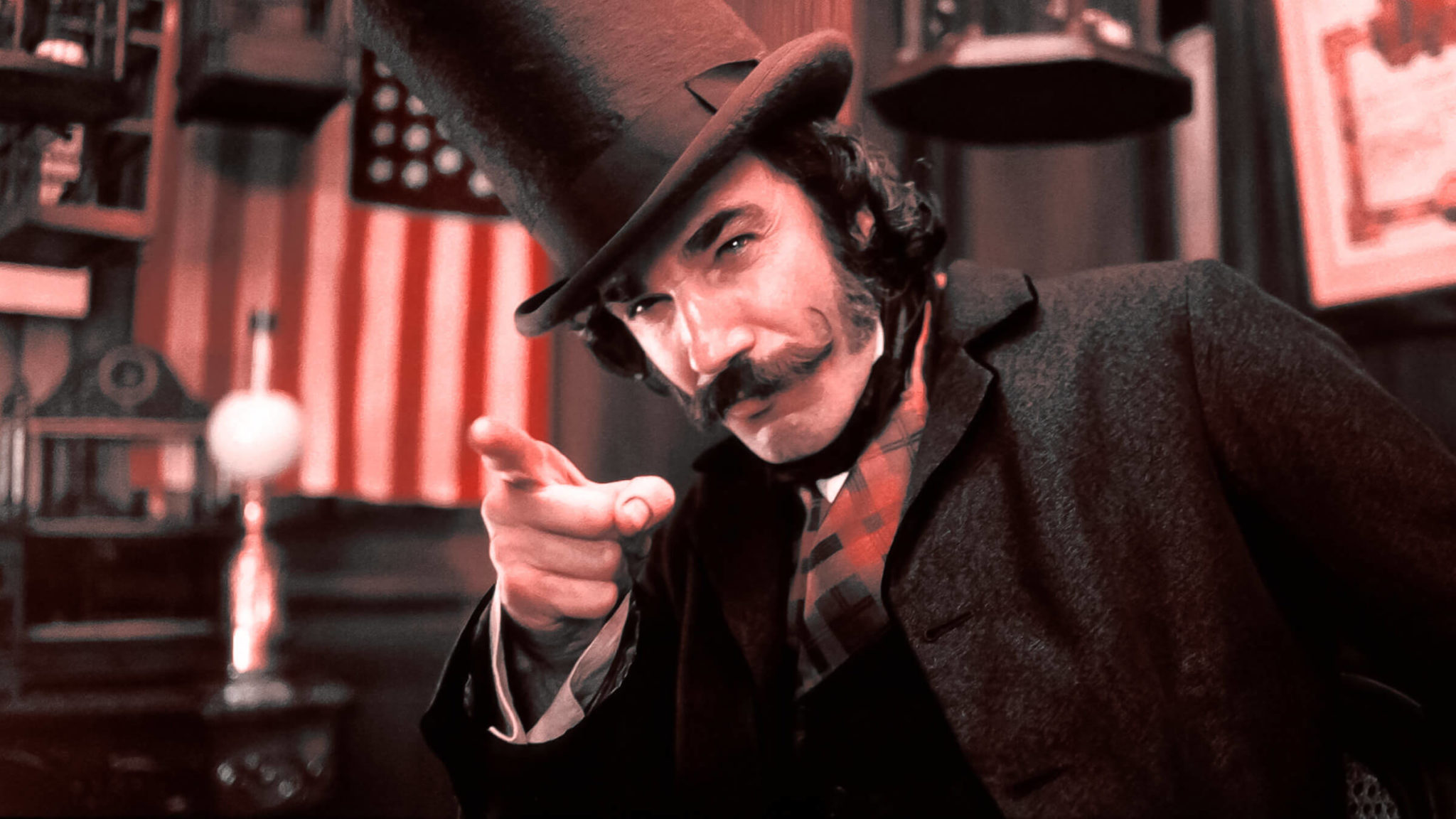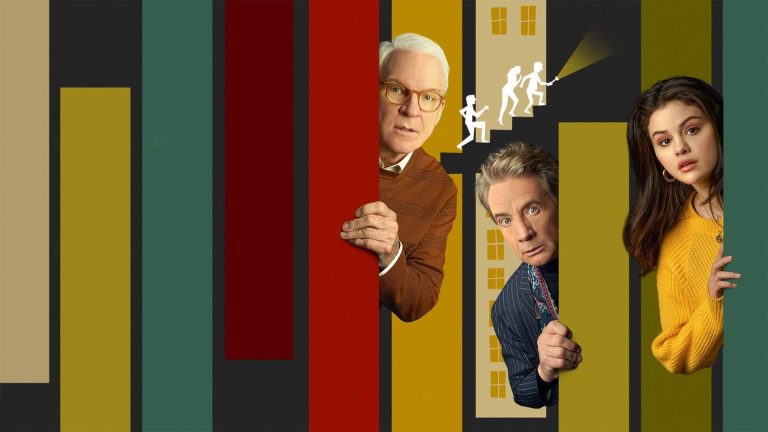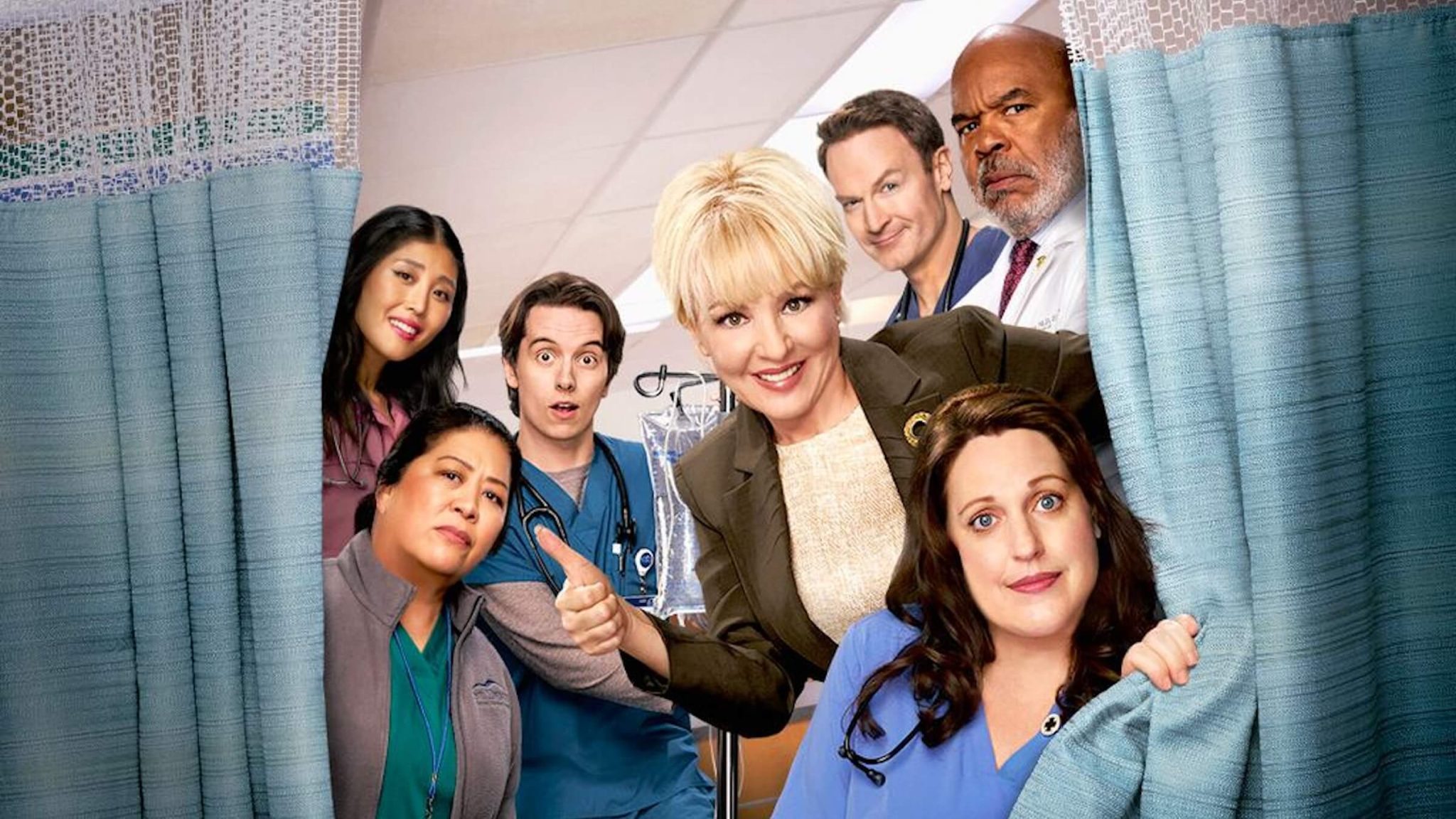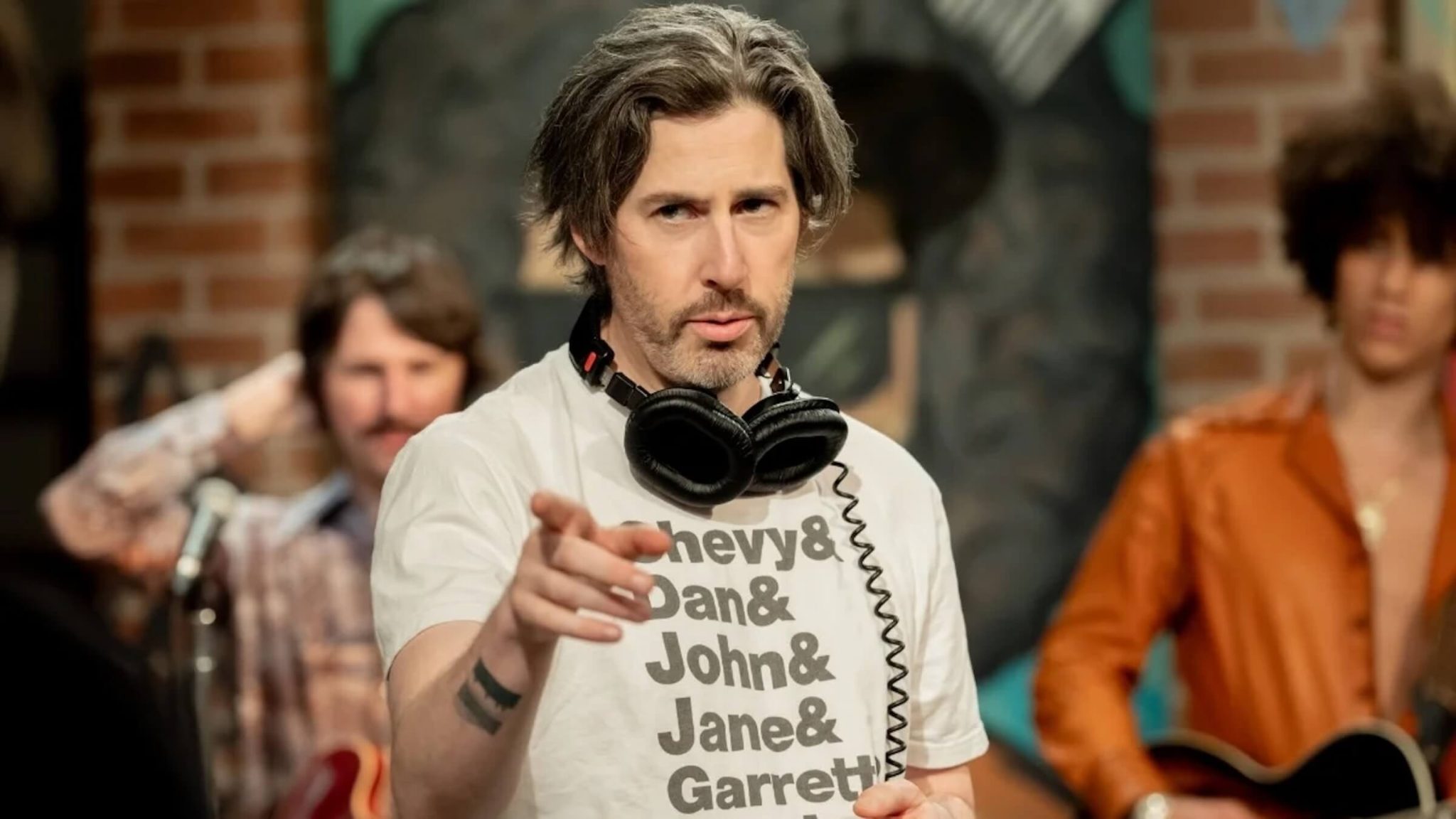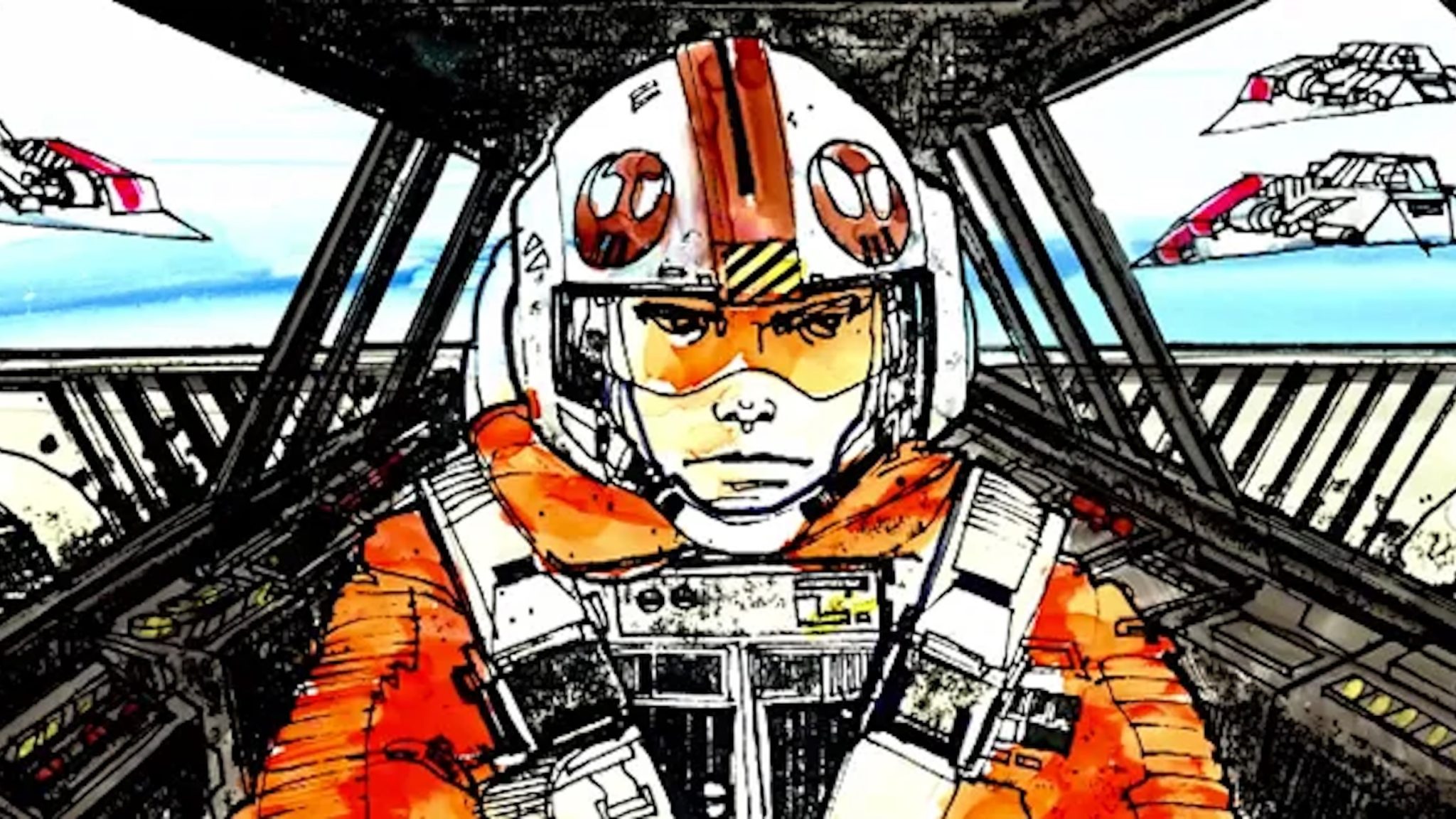
The screenwriting flip chart — or as Simon Pegg and Edgar Wright (co-writers of Shaun of the Dead, Hot Fuzz, The World's End) originally called it, the "flip draft" — is a writing process that was brought to the forefront of screenwriting by the comedy writing duo. Since their first major collaboration together, they've shared the breakdown of their flip charts for each of their films that they've collaborated on, which can be found on YouTube and within their DVD/Blu-ray release special features. We feature two here below from their comedy hits Shaun of the Dead and Hot Fuzz and then expand on how this unique process can help screenwriters, whether they are writing solo or with a writing partner.
Shaun of the Dead
Hot Fuzz
The Process
As you see in the videos, the idea of using a flip chart is to help give a visual presentation of screenwriters' collective thoughts through the development process. Pegg and Wright's flip chart for Shaun of the Dead is more so a literal "draft" of their eventual script for the film while the flip chart for Hot Fuzz works as more of a collection of their ideas, concepts, and world.
Screenwriters can use their own flip charts as "flip drafts," where each page represents a chronological draft of major moments in the story from beginning to end. As you can see in the Shaun of the Dead video, this works much like the classic index card process, only to a much larger extent given the amount that can be written on a flip chart page, which leads to more notes and more details that can be collected.
The second option is to use a flip chart as a master bible or notebook of sorts, as they seem to have done more so in the Hot Fuzz example. Rather than outright drafting the structure of the eventual script, Pegg and Wright utilized the flip chart to build their characters and the world. They also used it to detail the broad stroke moments within the script. Everything from action sequences to character backgrounds and so forth is collected and cataloged using flip chart pages, drawings, bubbles, flow charts, etc.
The third option is to create a hybrid of those two. The flip chart can work as both a bible of sorts and as a flip draft, detailing the structure and scenes and moments within the eventual script.
The Benefit
While some might feel that this could lead to what ScreenCraft covered as the paralysis of analysis, it's actually nothing of the sort. As Wright mentions, much of what is written can and will change. The flip chart isn't an outright outline that details everything from Point A to Point Z. It's a way for screenwriters to collect their thoughts and ideas throughout the development process.
It's especially good for screenwriting partners that are collaborating on a screenplay together, as Pegg and Wright can clearly attest to. Two minds are greater than one, however, it's often very difficult to share the same vision, and — forgive the pun — be on the same page without utilizing a tool like the flip chart. Here screenwriters can visually see and connect concepts, ideas, and thoughts that have been collected, or discard those that they feel don't fit into the puzzle.
There's much to be learned from this flip chart process. The development of a screenplay is unique to each individual screenwriter or writing duo. Some writers prefer the writing process to be much more organic and in the moment. Others can't, or choose not to, take note of every single thought that comes across their mind. We've covered other aspects of the development process in 5 Habits to Get Those Creative Juices Flowing. The important factor of evolving as a screenwriter is to consider everything, rather than dismiss it. Create a hybrid of what works for you and what others feel have worked for them, but only if it appeals to your inner writer and compliments your own mentalities. That said, you'll never know unless you try.
The wonderful thing about this flip chart process is that it's adaptable. As you saw in the video, there was a difference between what Pegg and Wright did in the flip charts for Shaun of the Dead and Hot Fuzz. Can you adapt it to enhance your strengths as a writer? Can you adopt it fully as you find that it appeals to your own mentalities? Can you create a hybrid of what you know and what Pegg and Wright have laid out?
It's never too late to add to your tool box and better yourself as a screenwriter.
Do you have an action, horror, or comedy script? Check out ScreenCraft's Genre Screenwriting Contests! If you're like Simon Pegg and Edgar Wright, and have blended genre scripts (Shaun of the Dead was horror/comedy and Hot Fuzz was action/comedy), get them in play in multiple ScreenCraft contests.
Tags
Get Our Screenwriting Newsletter!
Get weekly writing inspiration delivered to your inbox - including industry news, popular articles, and more!










